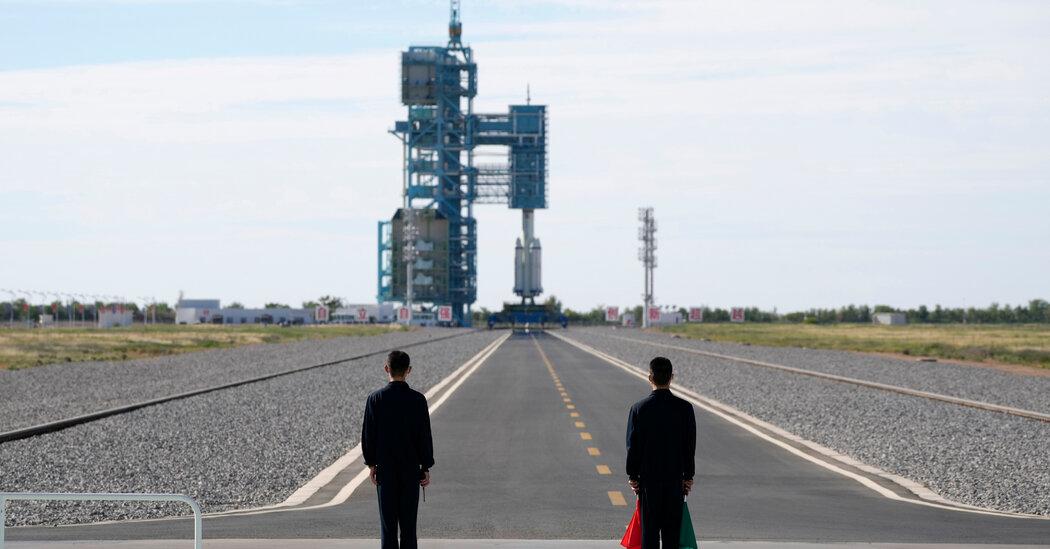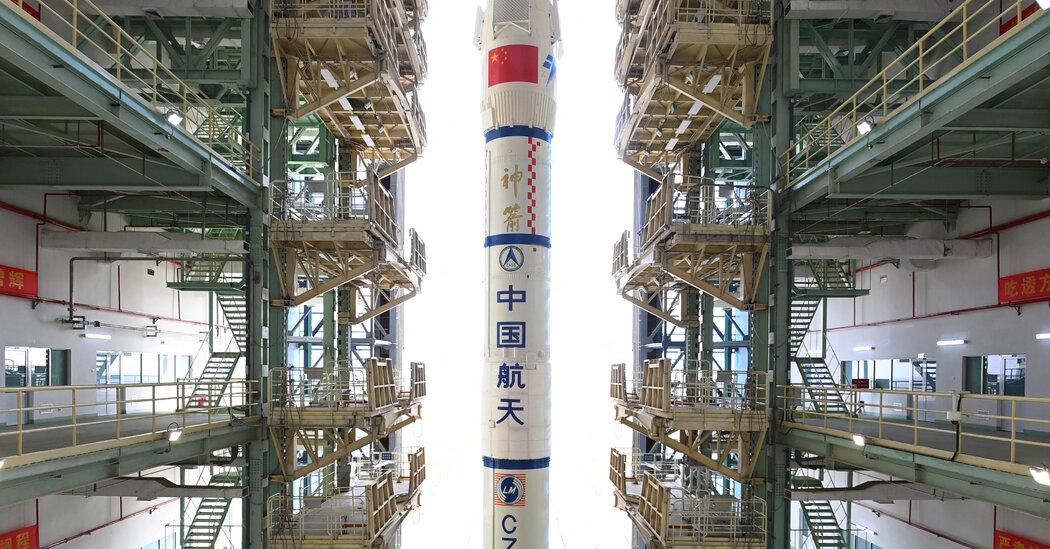JIUQUAN SATELLITE LAUNCH CENTER — Thirty years ago, the Chinese government initiated a secret plan for its space program, including a key goal of building a space station by 2020. At the time, the country was 11 years from sending its first astronaut into space, and its space efforts were going through a rough patch: Chinese rockets failed in 1991, 1992, 1995 and twice in 1996. The worst failure, in 1996, was a rocket that tipped to the side, flew in the wrong direction and exploded 22 seconds after launch,…
Tag: International Space Station
Why Some Scientists Choose China’s Space Station for Research
Seeking to burnish its prestige in the world, China is portraying its Tiangong orbital outpost as a space station that is available for scientists everywhere, not just for those who happen to live in other countries with established space programs. “We stand ready to conduct more international cooperation and exchanges with countries and regions committed to the peaceful use of outer space,” Wang Wenbin, a spokesman for the Chinese Foreign Ministry, said in April. For the International Space Station — a partnership between NASA, Russia, Canada, the European Space Agency…
China to Launch 3 Astronauts to New Space Station: How to Watch
On Tuesday night in China, a rocket as tall as a 20-story building will carry three astronauts toward a rendezvous with the country’s just-completed space station. The mission, which is called Shenzhou 15, will set a significant milestone for China’s crewed space program. Here’s what you need to know about the flight and why it is significant. When is the launch and how can I watch it? The mission will lift off at 11:08 p.m. local time on Tuesday, or 10:08 a.m. Eastern time in the United States. CGTN, China’s…
International Space Station Dodges Chinese Space Junk
On Wednesday, about six hours before NASA’s Crew-3 mission launched to orbit, the International Space Station was forced to maneuver itself to avoid a piece of debris spawned by a Chinese antisatellite weapon test in 2007. The piece of junk was projected to enter what’s called the “pizza box,” a square-shaped zone 2.5 miles deep and 30 miles wide, where the station sits in the middle. NASA officials keep close eyes on the zone using data models on the location of objects in space kept by the U.S. Space Command.…



